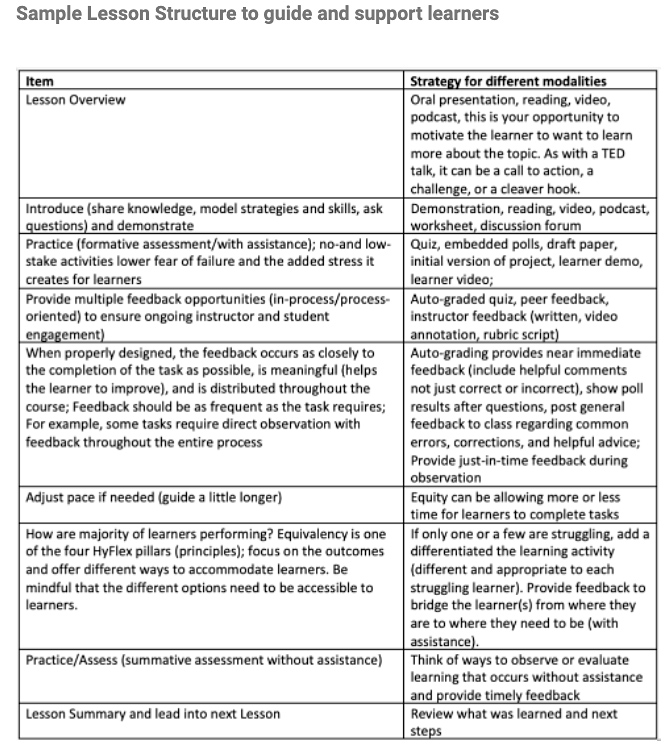The Future of Work Is Flexible. Will Higher Ed Stay Stuck in the Past? — from edsurge.com by Kevin R. McClure (Columnist)
Excerpt (emphasis DSC):
We know that institutions are capable of making big changes. We pivoted in March 2020, then again in fall 2020, then again in fall 2021. Institutions have achieved things in the last two years that some considered unimaginable. Faculty and staff want to see that type of willpower and creativity directed at working conditions and cultures. They want the type of “reimagining” the Future of Work@Iowa report promised but didn’t deliver.
In a city full of adjunct faculty members, many struggle to get by — from washingtonpost.com by Lauren Lumpkin; with thanks to Ray Schroeder for this resource
Adjuncts across the region are protesting what they say are unfair working condition
7 Ways the Pandemic Changed Faculty Development — from er.educause.edu by Amy Kuntz, Sara Davis and Erica Fleming
Pandemic lessons about faculty development should be understood and factored into future offerings.
Excerpt (emphasis DSC):
Regarding this perspective shift, conference session participant Lindsay Wood, manager of instructional design at Penn State Abington, stated, “When reflecting on the impact of pandemic teaching, those of us working in faculty development and learning design know that there has never been and likely will never be another opportunity to upskill faculty and improve teaching and learning so broadly. It’s important … to really take a deep dive into how we meet the moment and ensure the positive changes are lasting. It would be a shame to squander a once-in-a-lifetime opportunity to adopt innovative practices because we didn’t adequately identify the lessons learned and apply them to the future.” This seemed to resonate with many participants; they want to see the positive changes from the past two years integrated at an institutional level.
Is Hybrid Learning Here to Stay in Higher Ed? — from edsurge.com by Daniel Lempres
State of Continuing Education 2022 — from resources.moderncampus.com; with thanks to Amrit Ahluwalia for this resource
Universities Share Lessons Learned from Ransomware Attacks — from edtechmagazine.com by Chris Hayhurst
Universities that faced security breaches share advice from their experiences.











